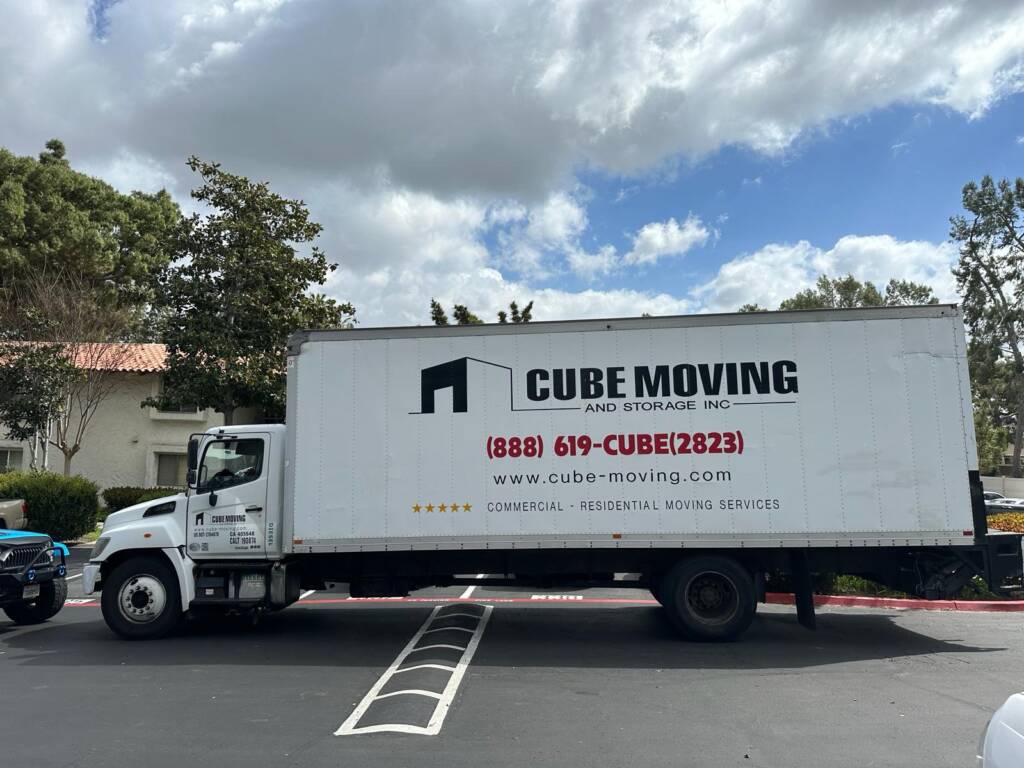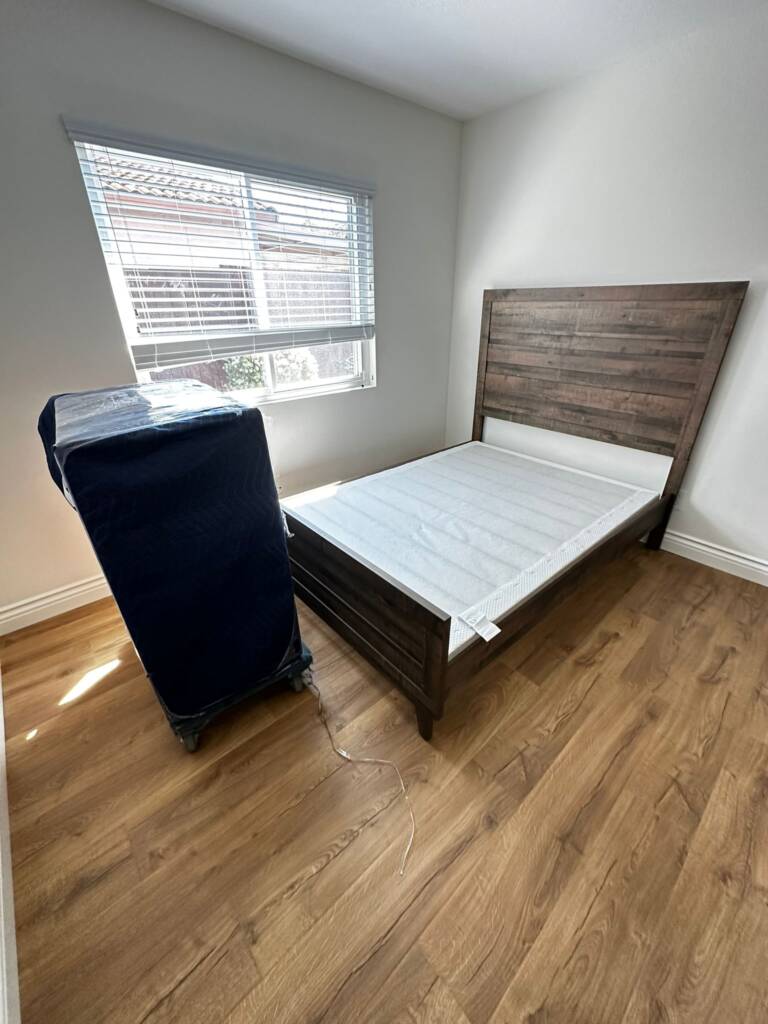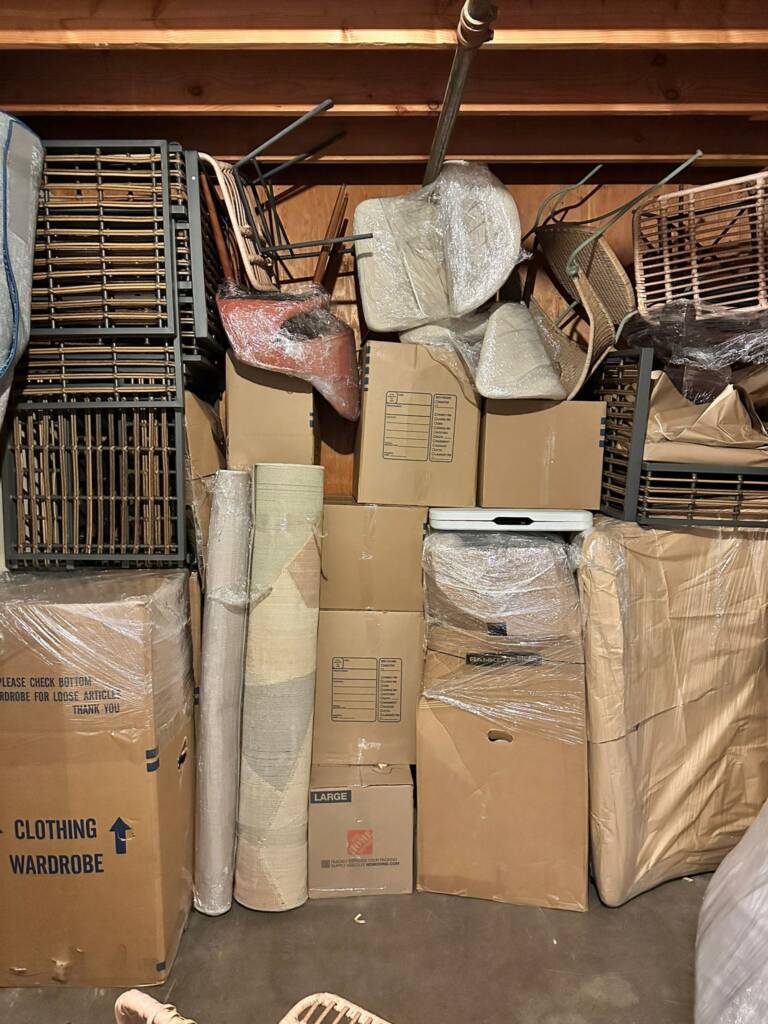How to Get an Accurate Moving Estimate
Embarking on a move is akin to setting sail across uncharted waters; preparation is vital to a successful voyage. Have you considered the importance of an accurate moving estimate?
Accuracy is key.
In the realm of relocation, the cornerstone of a seamless transition is a precise and thorough estimate. It is the foundation upon which your moving experience is built.

How to Get an Accurate Moving Estimate
Understanding Moving Estimates
An accurate moving estimate hinges on the specificity of inventory and clarity of moving conditions. Movers employ detailed assessments to forecast the requisite labor, resources, and time, which collectively determine the cost of your relocation.
Critical to this process is the distinction between a binding estimate and a non-binding estimate; the former is a fixed price agreement, while the latter is subject to adjustments based on actual moving circumstances. Neither should be hastily agreed upon without rigorous review of the terms and potential variables that could impact the final charge.
A mover’s experience and expertise are invaluable for providing a realistic quote. Assess the integrity of the estimate by the level of scrutiny and the consideration of variables such as mileage, weight, and special handling requirements.
Types of Moving Estimates
There are predominantly two types of moving estimates: non-binding and binding. The former provides a ballpark figure that can change, while the latter promises a guaranteed price.
Binding-not-to-exceed, sometimes known as a “guaranteed not-to-exceed” estimate, can be the best of both worlds, offering cost assurance with the possibility of paying less if the move requires fewer resources.
An estimated 40% of all moves result in a dispute over final charges.
A thorough understanding of each estimate type is imperative for mitigating financial surprises. Non-binding estimates are subject to real-time conditions, whereas binding estimates necessitate an exact inventory and service specification. Ensure your mover conducts a comprehensive review to provide an accurate quote.
Factors Influencing Costs
Volume and weight impact pricing significantly.
A move’s complexity determines its ultimate cost. Factors such as the quantity of items moved, distance traveled, time of year, required labor, and the need for special handling all contribute to the final tally. Consequently, an inventory assessment is critical to determine the volume and, hence, the approximate weight. This forms the basis for most moving quotes.
Location and accessibility play pivotal roles.
The point of origin and destination greatly influence cost. A move’s logistics like access restrictions, parking limitations, and the distance from the truck to the home can all affect the time and resources needed to complete a move, hence increasing expenses.
Timeframe and seasonality are crucial factors.
Moving costs escalate during peak season – that is, summer months, end-months, and weekends – due to higher demand for moving services. Off-peak periods may offer more favorable rates.
Additional services entail further charges.
Special requirements such as packing, crating, storage, or the handling of items like pianos and antiques necessitate additional skills and materials. Each supplemental service incurred in 2023 adds to the total moving expense. These services should be explicitly accounted for in an accurate moving estimate.
Preparing for the Estimate

Before the moving company arrives for the estimate, ensure you have a complete inventory of your belongings. This list should include all items you plan to move, from the largest pieces of furniture to boxes of personal items. Having a detailed inventory not only informs the movers of the scope of work but also protects you from potential disputes or oversight during the relocation process.
Creating an accurate inventory involves categorizing items by room and noting any special handling requirements for delicate or high-value pieces. Remember that the mover’s visual inspection will be critical in gauging the volume and, correspondingly, the approximate weight of your shipment. Transparent communication about what is to be moved and any access complications will contribute significantly to the precision of the estimate provided.
Inventory List Essentials
An exhaustive and meticulously detailed inventory is the cornerstone of an accurate moving estimate. It lays the groundwork for the determination of the moving load’s size and complexity, which in turn, influences the overall cost parameters.
Your inventory list should be comprehensive, including every item.
Notably, high-value items like artworks or electronics need special attention, factoring in added insurance and handling.
Include dimensions for bulky or irregularly shaped furnishings, as these affect the loading process and, subsequently, the cost.
Precise descriptions of your belongings aid in assessing the resources and time needed for packing, especially for items that necessitate additional protection or specialized services.
Ultimately, a well-prepared inventory ensures movers are suitably informed of the job’s scope, facilitating a smooth transition and avoiding unforeseen expenses.
The Role of Visual Surveys
Visual surveys serve as an indispensable tool in the realm of accurate moving estimates. They allow moving professionals to assess the volume and nature of personal belongings firsthand, thus contributing to the precision of the estimate provided.
Conducting a visual survey enables a comprehensive review of household items. By gaining a direct line of sight on everything from furniture to personal effects, movers can better gauge the scope and scale of the move. They can note items requiring special handling or additional resources and adjust the estimate to reflect these complexities accurately. Visual surveys reduce the risk of omissions or underestimations that could lead to unexpected cost escalations.
Moreover, visual inspections allow professionals to evaluate potential logistical challenges presented by a property’s layout, like narrow corridors or steep stairways. During these examinations, movers can plan for obstacles that might impact the moving process, ensuring that appropriate strategies are formulated in advance to mitigate potential risks or delays.
Finally, the thoroughness of a visual survey often equates to enhanced operational efficiency. Movers who have visually appraised your items can ascertain the right amount of packing materials, the size of the moving vehicle required, and the workforce needed. This level of preparedness ensures a tactically coordinated move, reducing the likelihood of unplanned complications and ensuring that your belongings are handled with the utmost care and expertise.
Evaluating Movers

To obtain an accurate moving estimate reflective of your needs, assessing the credibility and proficiency of moving companies is paramount. Look for movers with a solid reputation, preferably vetted by industry associations or possessing relevant certifications. Their expertise, ethical standards, and customer satisfaction levels are crucial metrics by which to gauge their capability and reliability.
When scrutinizing potential movers, prioritize those who provide transparent and detailed quotes. A reputable mover will be forthcoming about their pricing structure, encompassing factors like labor, transportation, and materials. Moreover, they should willingly allocate time for addressing your queries comprehensively, signifying a willingness to establish trust and clarity from the outset of your moving journey.
Researching Moving Companies
Selecting the right moving company is pivotal for a seamless transition.
- Initiate your research by investigating local movers with high customer satisfaction ratings.
- Verify credentials such as licensing, insurance, and affiliations with reputable bodies like the American Moving and Storage Association.
- Read reviews and testimonials on multiple platforms, including the Better Business Bureau, to gauge past client experiences.
- Inquire about experience specifically related to your type of move, be it local, long-distance, residential, or commercial.
- Request written estimates from multiple companies to compare services and prices.
Precision in selection can prevent costly errors.
Diligence at this stage lays the foundation for a stress-free move.
Verifying Credentials and Reviews
Ensure licensure and insurance are valid.
Before settling on a moving company, prioritize verification of their licensure and active insurance policies. Utilize resources such as the Federal Motor Carrier Safety Administration (FMCSA) to confirm the mover’s legitimacy, with a focus on reviewing their USDOT number. Additionally, verification of their participation in dispute resolution programs offers assurance of professionalism in addressing potential grievances.
Refer to credible platforms for consumer feedback.
Consult the Better Business Bureau (BBB) for accreditation standards and ratings. Obtain a clear understanding of the mover’s track record by reviewing customer testimonials and complaints available on recognized platforms. This due diligence is invaluable for insight into the mover’s operational integrity and customer satisfaction metrics.
Choose a mover with positive peer assessments.
A mover’s reputation in professional circles matters. Trusted industry opinions, such as endorsements from local real estate agents or other professional service providers, can be a good indicator of quality. Furthermore, membership in local business associations reflects their commitment to maintaining service standards in line with community expectations.
Beware of exceptionally high or low estimates.
Review and compare written estimates thoroughly. Discrepancies between the breadth of services offered and charges should be an alert for potential hidden costs. It’s vital to analyze the line items and ensure that estimates include all necessary services for a complete and transparent financial upfront understanding.
Examine the feedback since the Knowledge Cutoff 2023.
Finally, ensure that the reviews you consider are recent and relevant. Focus on feedback provided after the Knowledge Cutoff 2023 to capture the latest service quality trends. This recent feedback is critical in assessing whether a moving company has maintained standards, improved service offerings, or potentially declined in service quality.
Finalizing Your Estimate

Upon receiving estimates, rigorously verify their comprehensiveness and accuracy before proceeding. Missing items or services could incur unexpected costs, upsetting your moving budget.
Carefully inspect the inventory list provided with your estimate—double-check for precision and that all possessions are accounted for. Discrepancies in inventory can lead to significant variations in final costs, potentially impacting your moving experience adversely.
Secure a binding or not-to-exceed estimate for financial predictability. This safeguards against unforeseen charges, ensuring financial transparency and peace of mind.
Clarifying Estimate Details
To guarantee accuracy, clarify the inclusion of packing materials in your moving estimate. Omitting these can skew the final price, resulting in unforeseen expenses.
Deconstructing the estimate, itemize services such as packing, loading, transport, unloading, and unpacking to avoid ambiguity. Confirm that the valuation coverage—insurance protecting your belongings—is adequate and determine if there are any additional fees for large or complex items. Movers should delineate costs for each phase of the move, potentially trimming unnecessary services and aligning expectations and budget.
Moreover, query about the mover’s policy on weight versus volume charges. Weight-based estimates can be more accurate, but reweighing on moving day can lead to disputes if initial weight estimates are imprecise. Volume-based assessments, though less common, should be approached with caution as they often result in higher costs if not accurately calculated.
When discussing these details, stress the importance of transparency about service periods and delivery windows. Delays can incur additional charges, such as storage fees or expedited service rates. Ensure the contract specifies any potential penalties for delayed pickup or delivery to minimize the risk of last-minute charges, optimizing the forecast accuracy of your moving expenses.
Negotiating Costs and Services
Clarifying the cost implications of your move is imperative to obtaining an accurate estimate.
- Inquire about any potential discounts that may apply to your situation.
- Scrutinize the valuation coverage to ensure your belongings’ protection is sufficient.
- Discuss optional services, such as packing and unpacking, determining their cost-benefit.
- Request a detailed breakdown of the estimate to understand all chargeable components.
- Understand the mover’s policy on items that require special handling or incur additional fees.
Armed with a detailed estimate, you can begin a dialogue regarding the negotiability of services and costs.
With a well-negotiated contract, you not only anticipate but also control moving expenses, avoiding unforeseen charges.
How do you calculate how much it will cost to move?
Calculating the cost of a move involves considering several factors. First, determine the distance of the move, as long-distance moves typically cost more. Next, the size and weight of your belongings will affect the price, so take an inventory. Additionally, the required services such as packing, loading, and unloading should be accounted for. Finally, special circumstances like stairs, elevators, or bulky items may incur extra charges. Obtain detailed quotes from reputable movers to accurately estimate the total cost.
How much should I expect to pay to move?
When it comes to moving, the cost can vary depending on multiple factors. On average, you can expect to pay around $1,000 to $5,000 for a local move within San Diego. However, long-distance moves or those involving specialty items may be more expensive. It’s important to get quotes from reputable moving companies to get a more accurate estimate for your specific needs.
What is a moving estimate?

A moving estimate is a calculation of the approximate cost of a moving service based on various factors. It is an essential part of the moving process as it helps both the moving company and the customer set expectations and make informed decisions.
When you request a moving estimate, a professional mover will gather details about your move, such as the size of your home, the number of rooms, the distance to the new location, and any additional services required. They will use this information to determine the estimated cost of your move.
The moving estimate may include charges for packing materials, labor, transportation, insurance, and any other services specific to your move. It is important to carefully review the estimate to ensure all the services you need are included and that there are no hidden costs.
The estimate will typically be provided in writing and should be detailed and transparent. It serves as a contract between you and the moving company, outlining the scope of the services and the agreed-upon price. It is always recommended to get estimates from multiple moving companies to compare prices and services.
Remember, a moving estimate is just an approximation, and the final cost may vary depending on unforeseen circumstances or changes to the original plan. However, a reputable moving company will strive to provide an accurate estimate and communicate any additional charges or adjustments throughout the process.




Leave A Comment